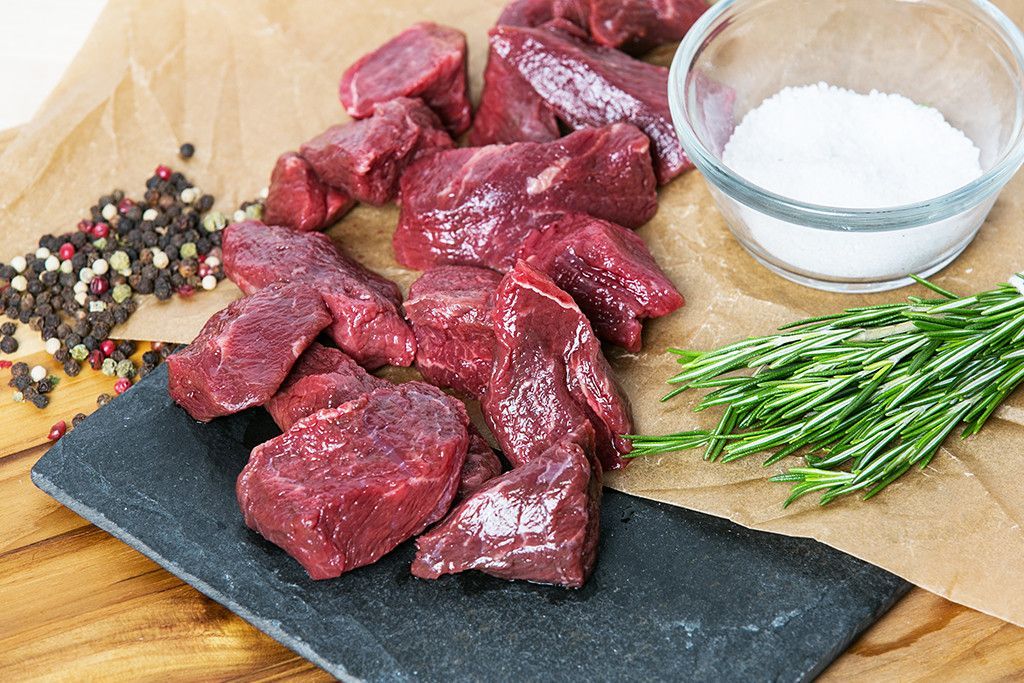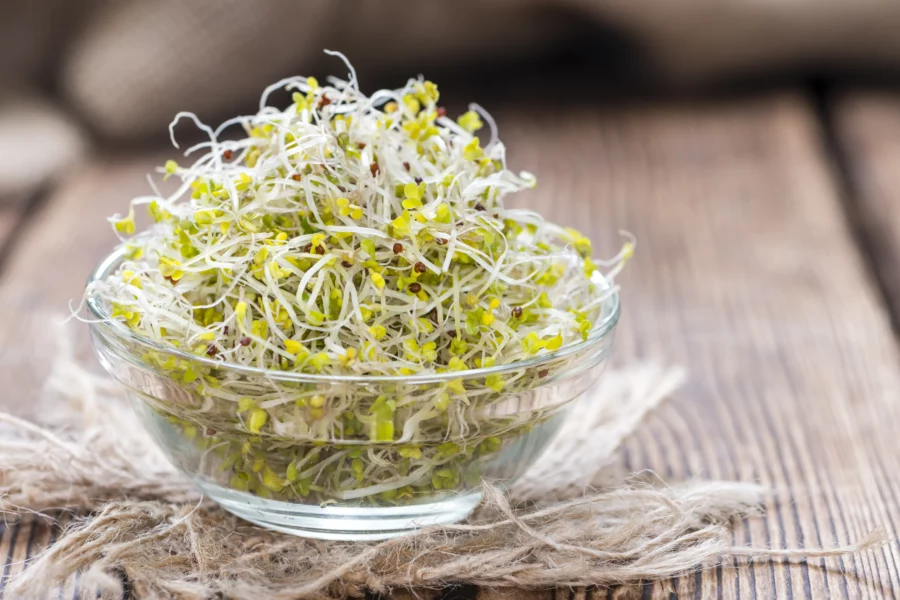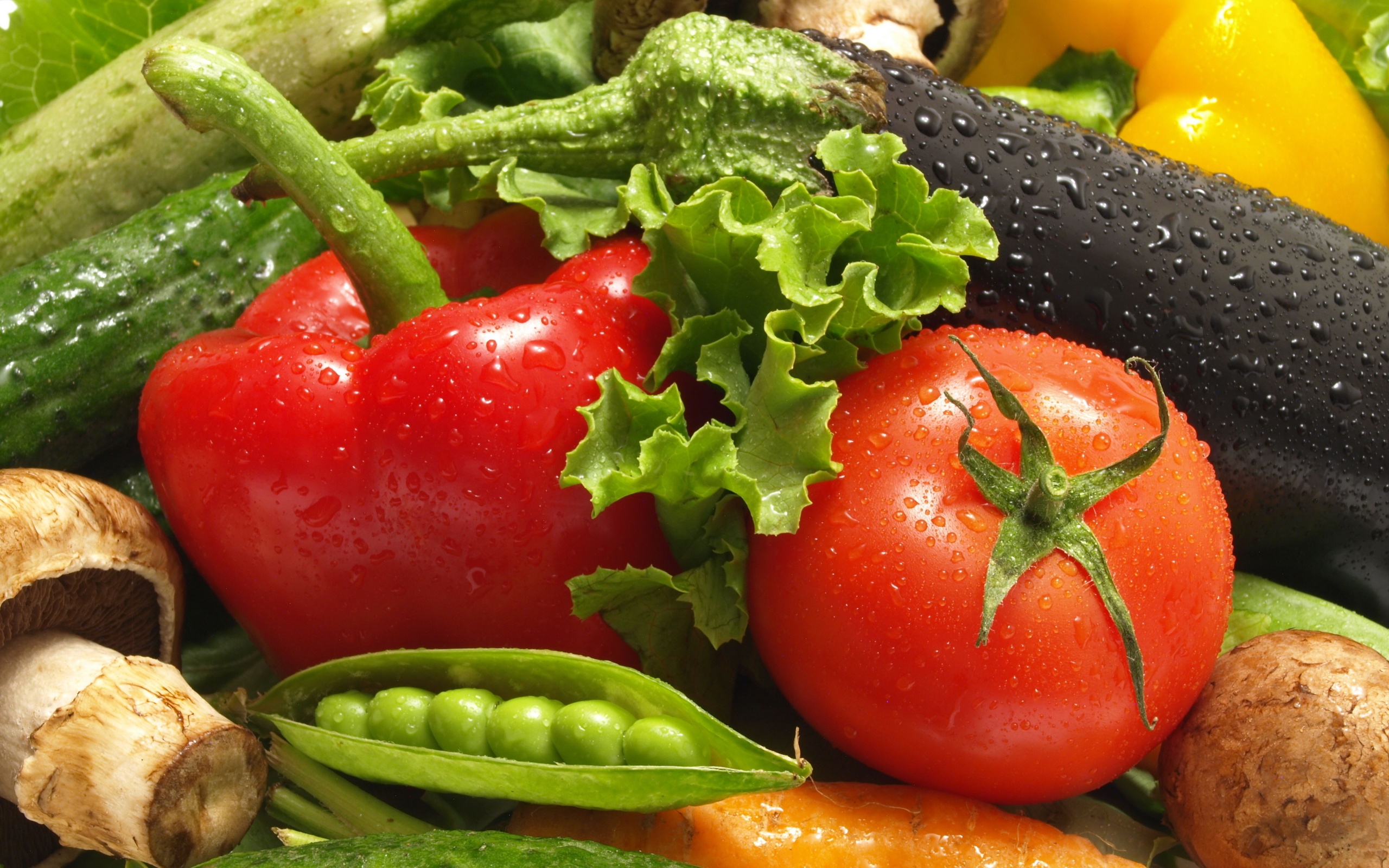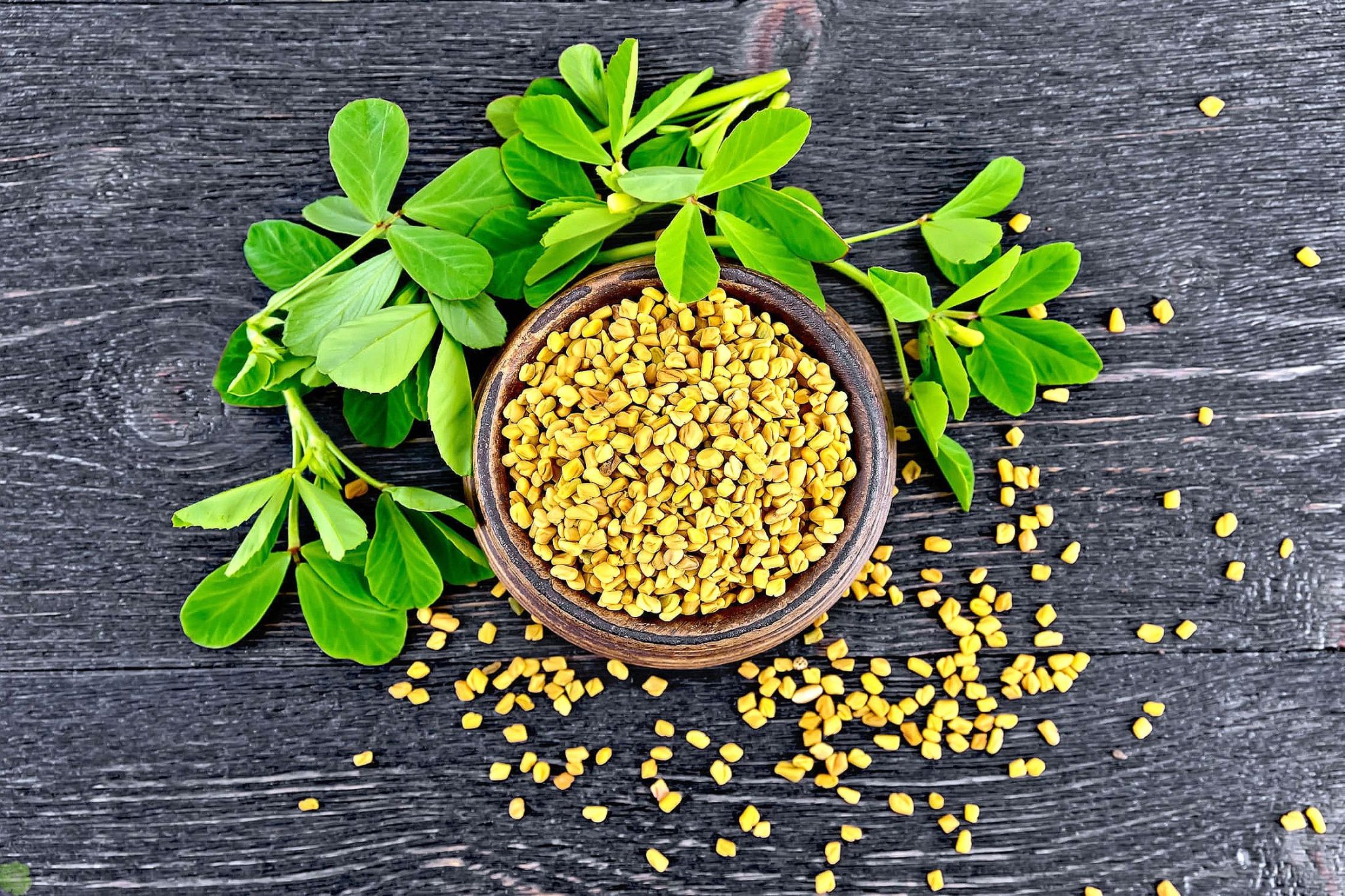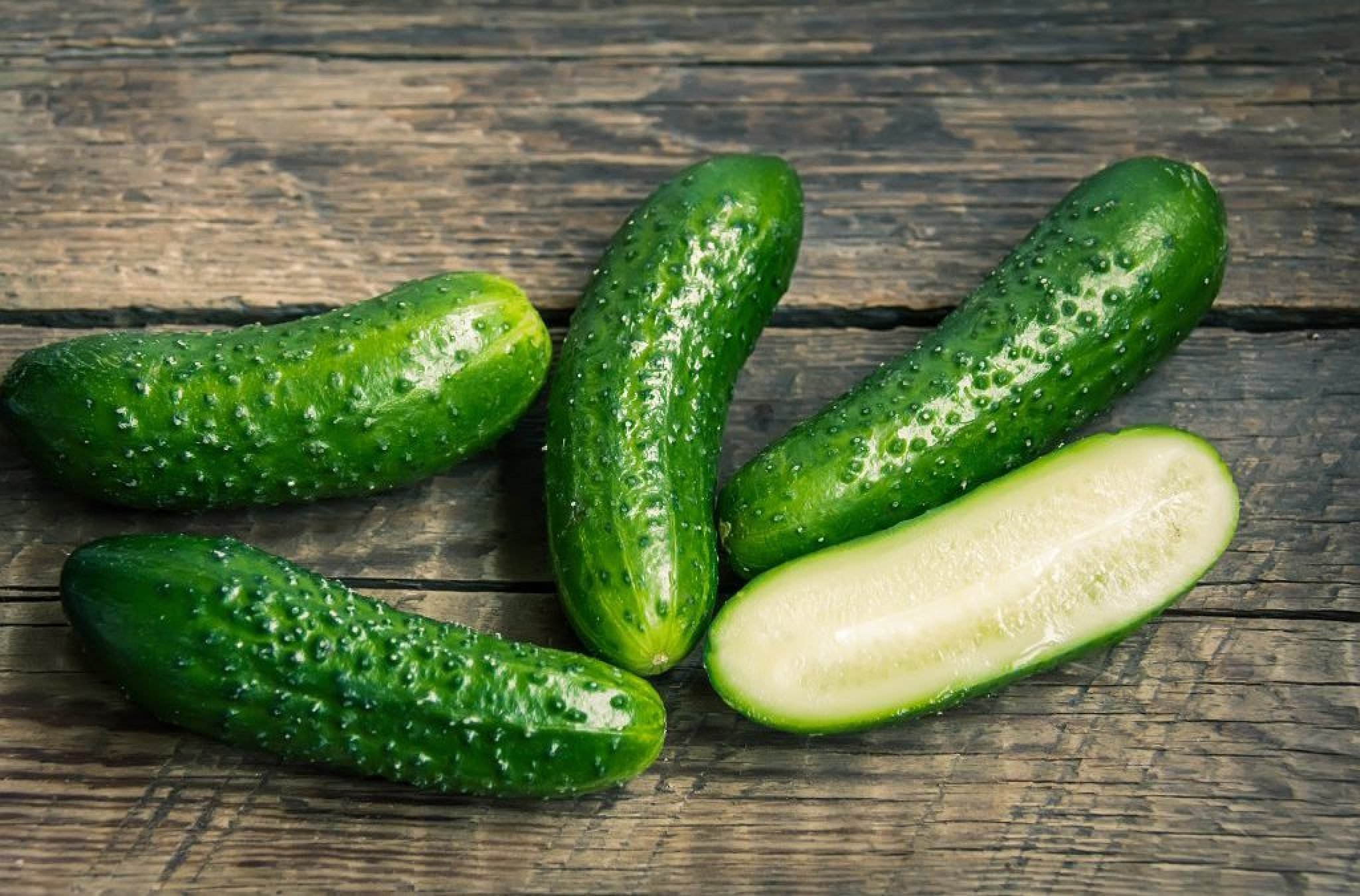Beef, or red meat, comes from cattle. It is a complete, high quality protein food containing all the amino acids the body needs to maintain physical activity, strength and a healthy life.
Beef is a good source of:
squirrel;
gland;
zinc;
niacin;
choline;
vitamin B-12.
In just 100 grams of a cooked serving, you get 10 essential nutrients, including about half your daily protein requirement.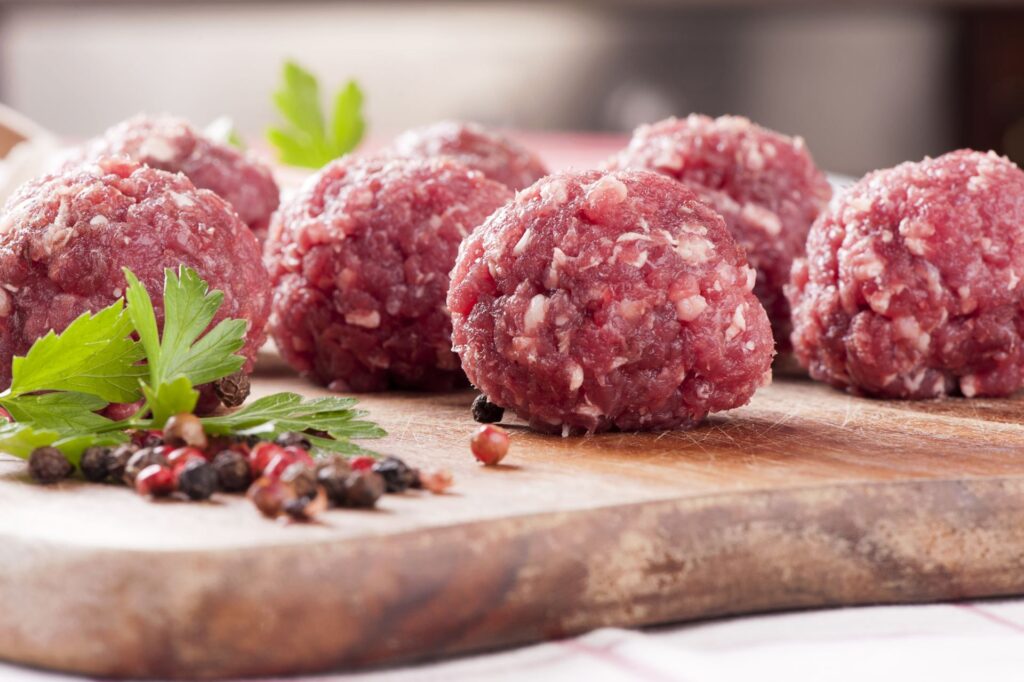
The dietary protein intake is 0.8 g. per kg. body weight. It’s about 60 gr. protein for the average sedentary man weighing 70-75 kg. and 50 gr. for an average sedentary woman weighing 58-63 kg. In this case, half of the daily protein intake will be about 30 grams. for men and 25 gr. for women.
Of course, there is no true “daily value” for protein, as those numbers vary greatly by weight, activity level, and health, notes Jim White.
A piece of beef without the risk of gaining excess weight
Jim White says:
A boneless steak is typically one of the leanest cuts of beef, making it a great option in a healthy diet. When comparing cuts of beef, always choose a cut with as little fat as possible and also less stringy.
Tip: If you’re shopping at a butcher’s shop or market, look for cuts of beef with less fat. Trim fat from the edges of meat before eating for a higher protein concentration. Give preference to the side or loin, and you can be sure that this is one of the most dietary parts of the meat.
Important nuance:
Fat adds flavor! Do not trim fat before cooking, just before eating
Note about ecology
The National Trust, a non-profit conservation organization based in the United Kingdom, has determined that grass-based beef production actually reduces greenhouse gas emissions.
